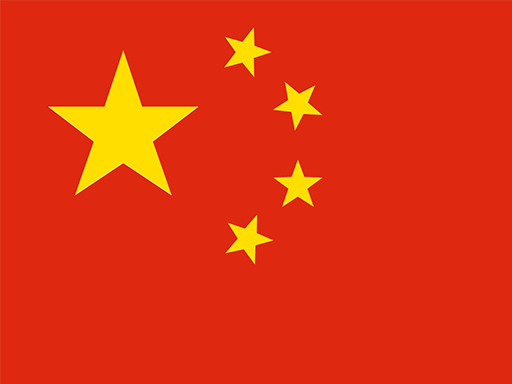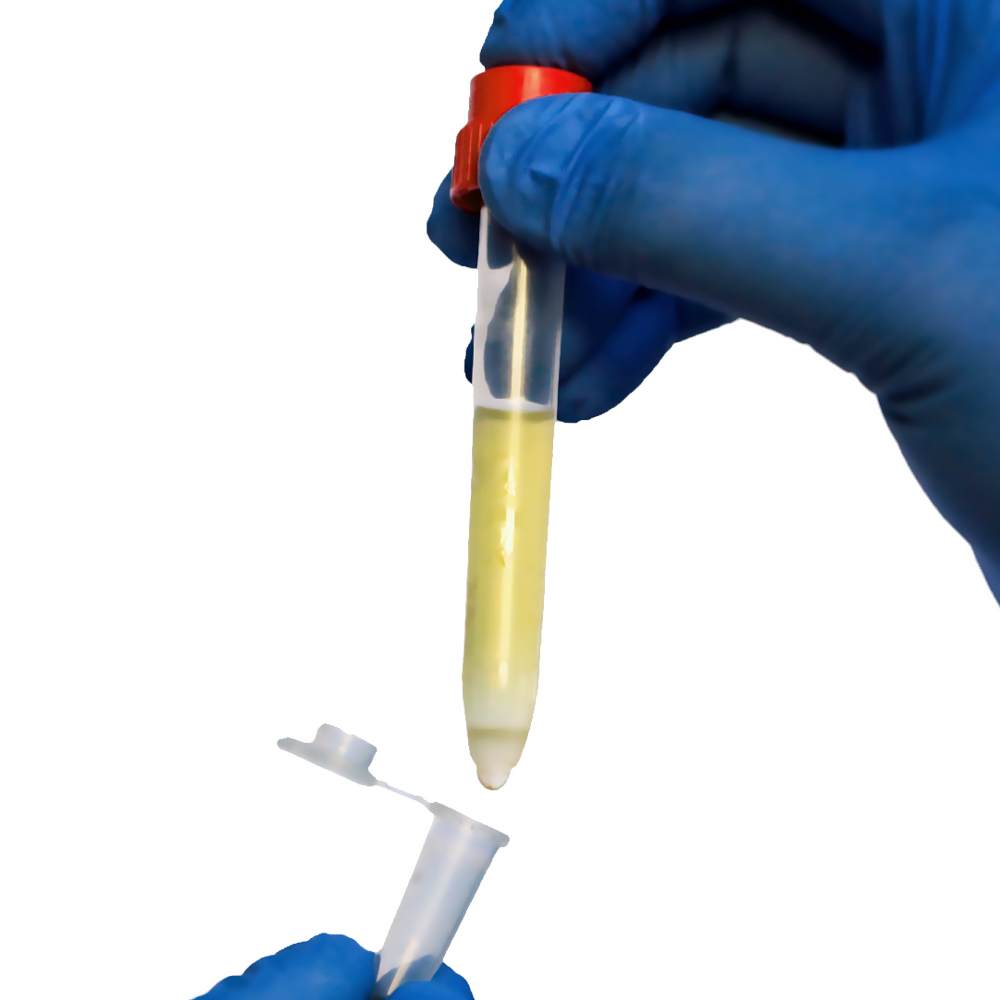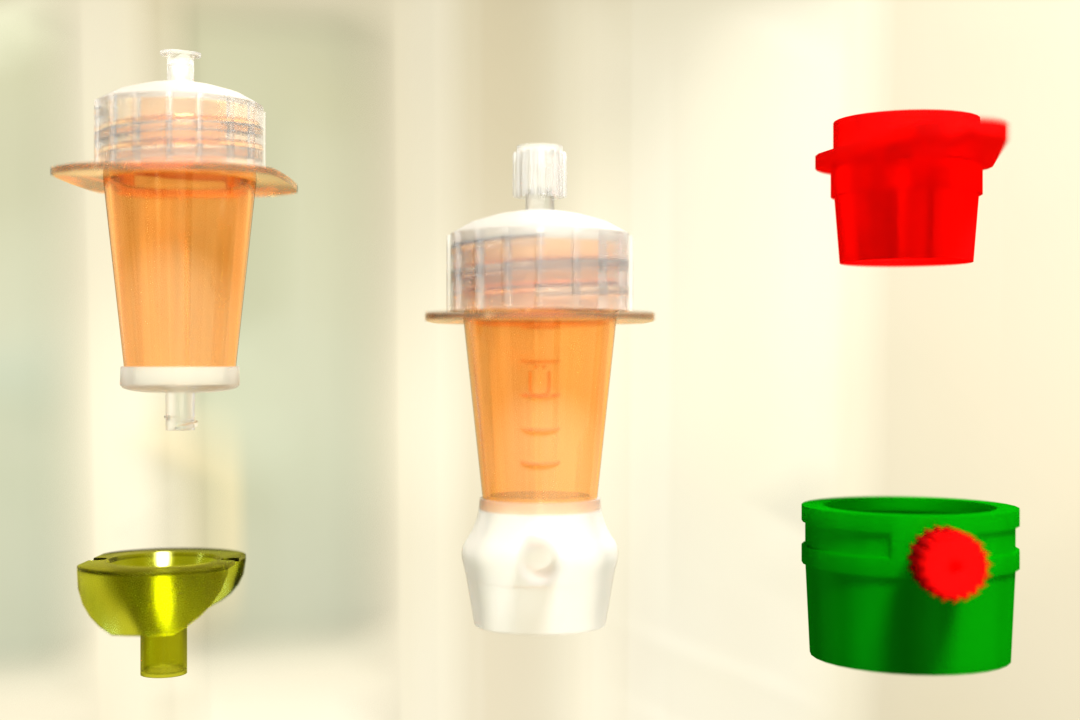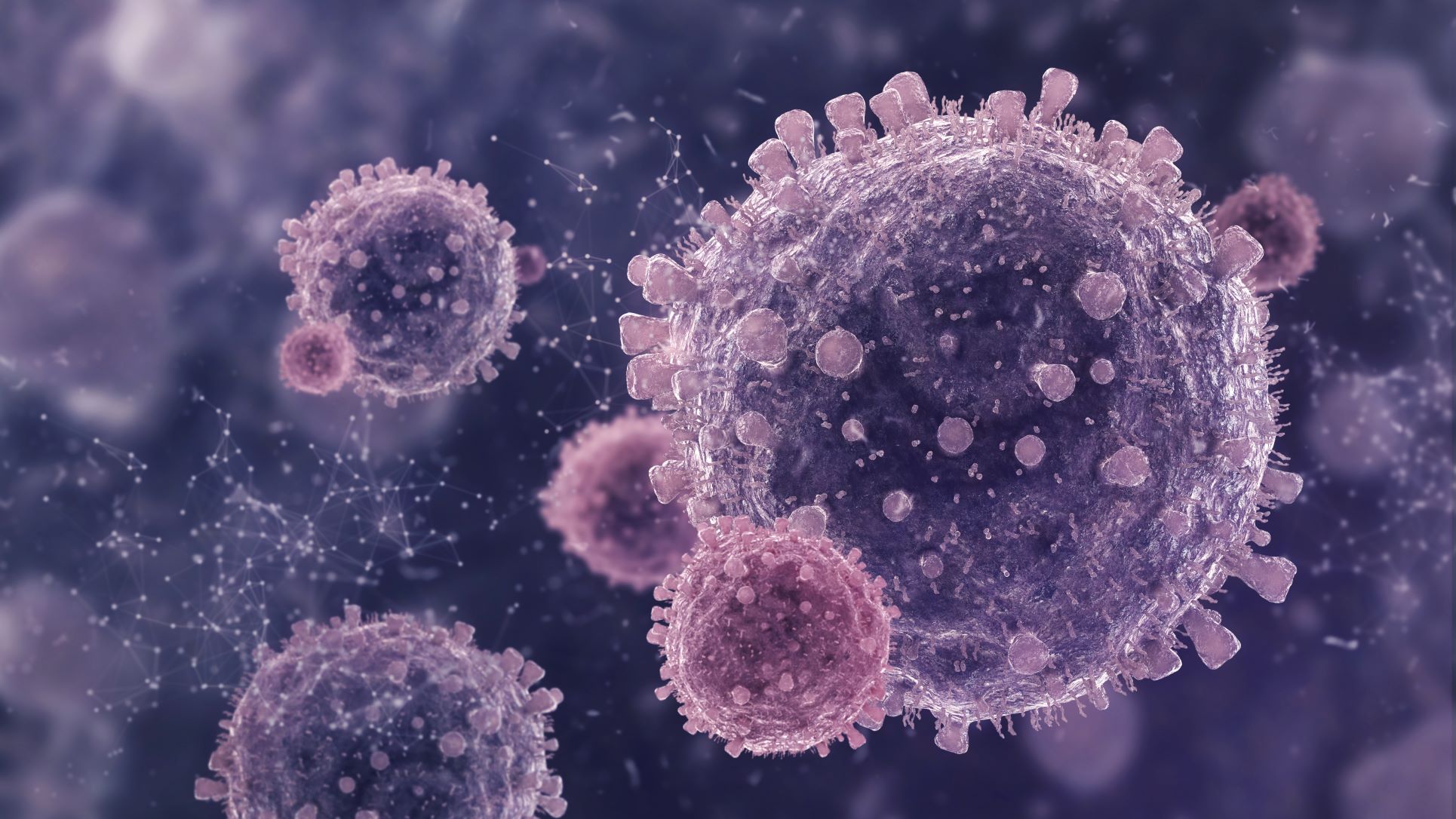Cytotoxic, helper, and regulatory T cells are the three types of T cells. Learn more about our unique Effector T cell separation technologies.
Effector cells are immune system cells that have gone through the process of differentiation and maturation. In the event of a stimulus, these are the cells that mount specific responses.
As part of the immune response against a pathogen or a self cell, the body’s immune system generates effector cells (in case of autoimmune disorders).
We’ll look at how Pluribead cell separation aids in Effector T Cells isolation.
T Cell Activation
T cell activation is a prerequisite for the majority of immune responses, and normally, immune reactions to foreign antigens are carefully regulated by communication between antigen-specific T cells and antigen-presenting cells. Naive T cells need to be activated by a number of signals.
One signal is antigen-specific and is given off when the TCR is active. Co-stimulatory molecules and their interactions produce additional signals. As a result of their interactions with T cells, resting antigen-presenting cells, such as resting B cells, frequently do not express high levels of co-stimulatory molecules.
The interactions of CD28 with B7-1 (CD80) and B7-2 (CD86) and CD40 ligands with CD40 are two of the most significant co-stimulatory systems. These two interconnected systems of molecules also affect each other.
Effector Cells
Effector cells are a special kind of cell that perform a particular activity when stimulated in the body. The term “effector cell” is typically used to describe specific immune system cells, but it is also occasionally used to describe nervous system cells that are located at the ends of autonomic nerve terminals and that, when activated, perform a specific function.
Effector cells in the immune system are the activated, relatively transient cells that protect the body during an immune response. Activated T cells include cytotoxic T cells and helper T cells, which carry out cell-mediated reactions, and effector B cells, also known as plasma cells, which secrete antibodies.
Cytotoxic T Cells
The primary function of cytotoxic T cells, also known as CD8+ cells, is to kill toxic/target cells. When they are recognized, their purpose changes to the removal of virally infected cells, bacteria, and tumor fragments (such as cancer cells) via a process known as apoptosis. Apoptosis occurs when the internal organelles of a cell are destroyed, causing the cell to die from the inside out.
Helper T Cells
T helper cells, also known as CD4+ cells, are similar to cytotoxic cells but perform a broader range of functions. These cells are critical to cell immunity because they are required for the majority of adaptive immune responses. When exposed to antigens, T helper cells become activated and have the ability to differentiate into cell subtypes.
However, the ability of helper T cells to function depends on their activation to become effector cells. The innate immune responses brought on by an infection activate them on the surface of antigen-presenting cells.
The innate responses also control the type of effector cell that a helper T cell will mature into, which in turn controls the type of adaptive immune response that is elicited.
Regulatory T Cells
The regulatory T cell is the final type of effector cell. Once the threat has been eliminated, regulatory T cells are tasked with suppressing the autoimmune response.
After helper T cells and cytotoxic T cells bind to a pathogen and work together to eliminate it from the body, they are no longer useful. Regulatory T cells prevent them from taking up space or attacking healthy cells until they die of apoptosis.
While these three types of effector cells handle the majority of the immune response, they are not the only T cell variations. Even after a pathogen has been removed, some types of T lymphocytes remain.
These long-living lymphocytes are memory T cells that are highly capable of responding to antigens when reintroduced—which aids the immune system.
These cells are formed following infection and are extremely important because they have the ability to multiply into a large number of effector T cells when exposed to familiar antigens. Memory cells are distinct in that they remember pathogens and infectious cells faster than other cells, allowing them to fight bacteria and viruses more effectively.
Try Our Cell Separation Products Right Now!
Pluribead, a leading cell enrichment technology, is specifically designed for fast and gentle sample preparation, resulting in a highly-enriched population of healthy, viable cells.
Two Different Bead Sizes are Available
- S-pluriBead: It is applied to a limited number of targets in large sample volumes.
- M-pluriBead: A material that is versatile and can be used to achieve multiple goals while using less material.
Key features of Pluribead
- No Sample Preparation: Utilize a sample volume of 200 l to 45 ml without the use of erythrolysis, gradient centrifugation, or any other techniques.
- Use any type of sample material, including PBMC, secretion/excretion material, brain homogenate, spleen, liver, buffy coat, whole blood, and so on.
- Applicable to a Wide Variety of Species: Isolate from sheep, mice, rats, cows, dogs, and other animals.
- Quick Isolation: Cell division can begin in five minutes.
- Simultaneous Cell Isolation Using PluriBead Cascade: Separate two different cell types simultaneously from the same sample material.
- Sequential Cell separation: Utilizing sequential cell isolation, isolate up to six different targets from a single sample.
Learn more about our T cell separation products, which can help you overcome long-standing sample preparation challenges.
Reference:
NCBI
Science Direct
 English
English French
French
 German
German
 Spanish
Spanish
 Belgium
Belgium
 Italian
Italian Brazil
Brazil Chinese Mandarin
Chinese Mandarin




